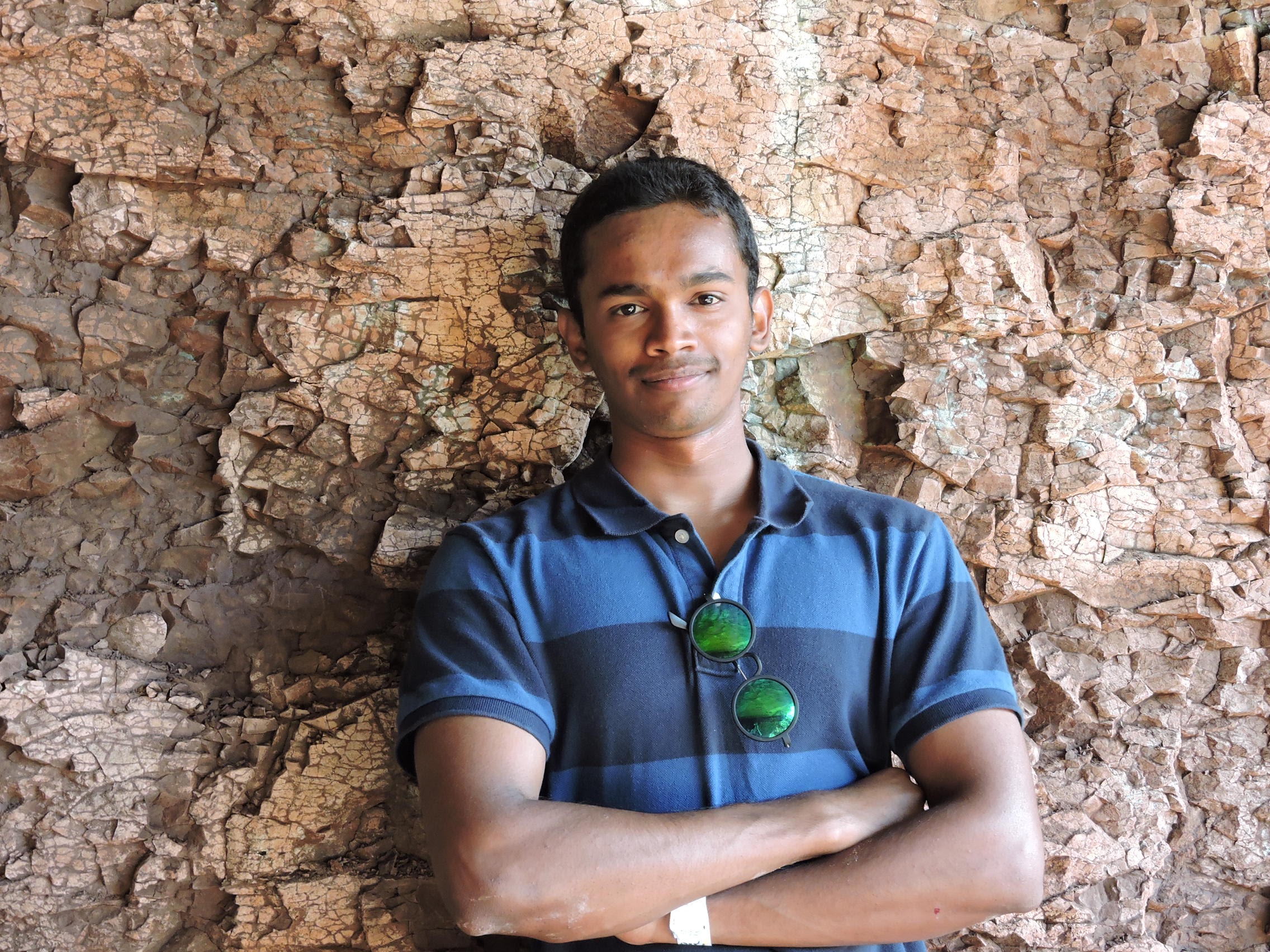Cited By
View all- Rueda-Castro VAzofeifa JChacon JCaratozzolo P(2024)Bridging minds and machines in Industry 5.0: neurobiological approachFrontiers in Human Neuroscience10.3389/fnhum.2024.142751218Online publication date: 27-Aug-2024
- Dominiak JWalczak AStefanidi EAdamkiewicz KGrudzień KNiess JWoźniak P(2024)ProtoBricks: A Research Toolkit for Tangible Prototyping & Data PhysicalizationProceedings of the 2024 ACM Designing Interactive Systems Conference10.1145/3643834.3661573(476-495)Online publication date: 1-Jul-2024
- Bouquet EVon Der Au SSchneegass CAlt F(2024)CoAR-TV: Design and Evaluation of Asynchronous Collaboration in AR-Supported TV ExperiencesProceedings of the 2024 ACM International Conference on Interactive Media Experiences10.1145/3639701.3656320(231-245)Online publication date: 7-Jun-2024
- Show More Cited By




